一般社団法人 日本建築学会の主催する「2020年日本建築学会賞」のうち、デザイン界で毎年注目され、国内で最も権威ある建築賞とされるのが「作品」部門である。
今回は、栃木県益子町にある〈道の駅 ましこ〉の設計を手掛けたMOUNT FUJI ARCHITECTS STUDIO(マウントフジアーキテクツスタジオ)の原田真宏氏と原田麻魚氏に、プロジェクトの背景やプロセス、設計の姿勢を伺った。
The 2020 AIJ Prize, sponsored by the Architectural Institute of Japan, is one of the most prestigious architectural awards in Japan and attracts attention in the design world every year in the “Design” category.
In this issue, we interviewed Masahiro Harada and Mayo Harada of Mount Fuji Architects Studio, who designed “Roadside Station in Mashiko,” at Tochigi Prefecture, about the background to the project, the process, and their approach to design.
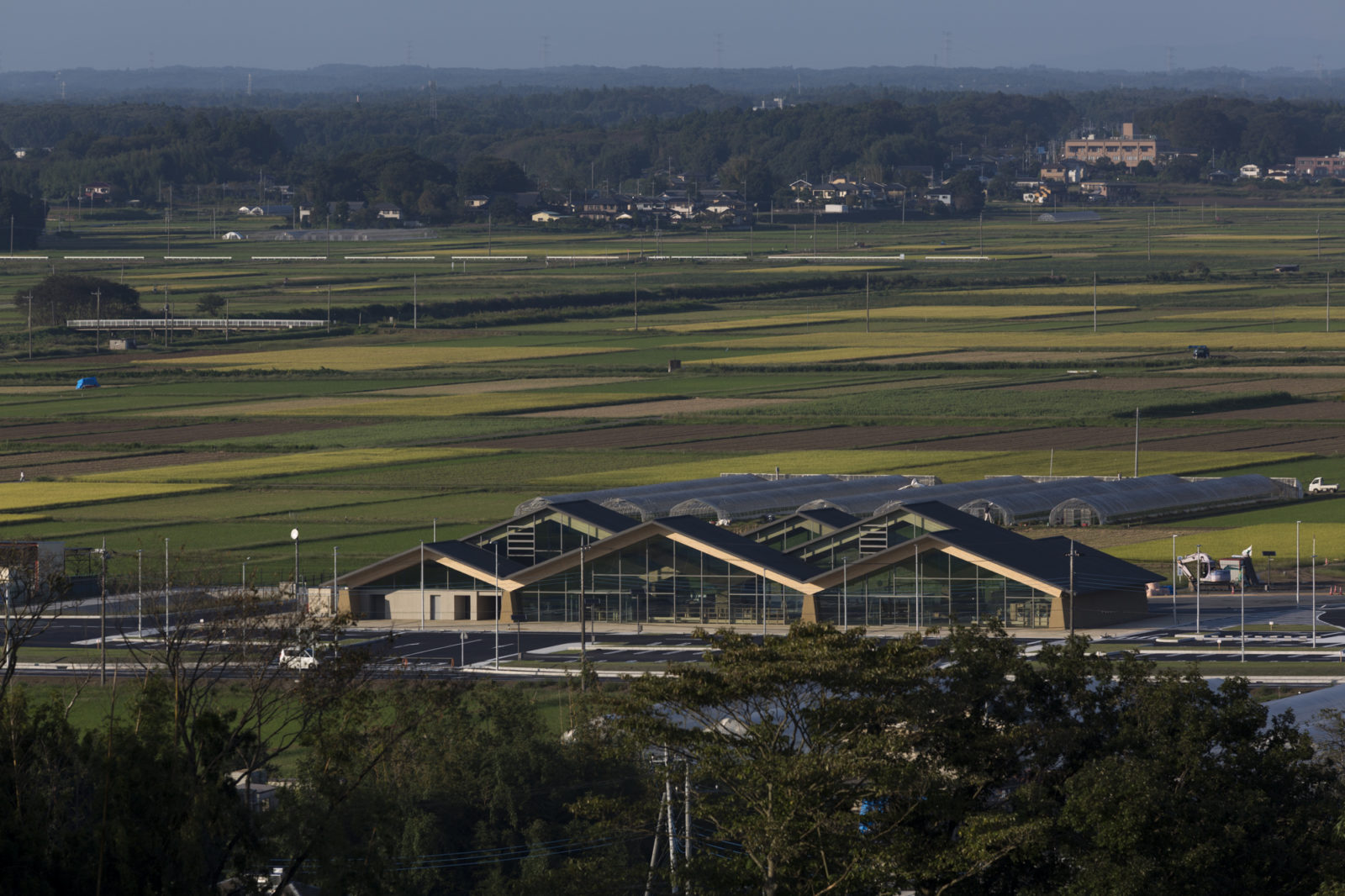
学会賞は時代ごとの題目が乗る舞台
──受賞おめでとうございます。まずは、感想をお聞かせください。
原田真宏(以下、真宏):ありがとうございます。ありがたいな、というところと、もう1つはホッとしたという感じですね。
僕と麻魚はそれぞれ、ルーツが隈研吾建築都市設計事務所と象設計集団です。僕が隈事務所に入った年だったと思うのですが、隈さんが森舞台(註:〈森舞台 / 宮城県登米町伝統芸能伝承館〉)で学会賞を受賞して。
隈さんが大きなパーティーを催して、皆で喜んだ記憶があります。
象設計集団では、彼らが30歳くらいのときに〈名護市庁舎〉で受賞していましたね。
賞を受けることで、ある建築的な「お題」がその時代のメジャーな舞台に乗っていくという側面が、学会賞での評価には含まれていると思うんです。
隈さんが受賞したときには、それまで空間一辺倒だった建築に、テクスチャーというような「物性」が乗ることになりました。
象設計集団の場合は、それまで表立っては言われていなかった、闇や混沌も含めたローカリティを建築の土俵に乗せたようです。
学会賞では、ただ格好いいことが評価されるだけではなく、ある「時代の主題」をみんなで共有することで、オーソライズしていく面があって。
〈道の駅 ましこ〉が提示する主題をその舞台に上げることができたというのが、一番嬉しいです。
それからね、僕たちの建築って、いろんな人がそれぞれ主体的に参与してくれるんです。
そうした道筋を僕たちはデザインで示していて、そこにみんなが「自分ごと」として関わってくれて、真剣に頑張ってくれた。その結果がちゃんと評価されたわけです。
今回の受賞で関わったみんなが喜んでいるのを見て嬉しいし、ホッとしましたね。
The AIJ Award is the stage where each period's title takes place
Congratulations on your award. First of all, please let us know what you think.
Masahiro Harada (hereafter, Masahiro): Thank you. I was grateful, and the other was relieved.
Mao and I have our roots in Kengo Kuma and Associates and Team Zoo, respectively. I think that was the year I joined the Kuma Office, and Kuma-san won the AIJ award at the Noh Stage in the Forest (Tome Town Traditional Performing Arts Tradition Center in Miyagi Prefecture).
I remember Mr. Kuma throwing a big party, and everyone was happy.
In Team Zoo, when they were about 30 years old, they won an award for the “Nago City Hall.”
I think the evaluation of the Society’s awards includes the aspect that by receiving an award, a particular architectural “theme” can take over the primary stage of the time.
When Mr. Kuma won the award, he was able to bring texture and other “properties” to an architecture that had previously been devoted to space.
In the case of the Team Zoo, they seem to have put a previously unstated locality, including darkness and chaos, on the ground of architecture.
At the AIJ Awards, it’s not just about being cool, but also about authorizing a particular “theme of the time” by sharing it with everyone.
I’m most happy that we were able to take the theme presented by “Roadside Station in Mashiko” and put it on the stage.
Also, in our architecture, a lot of people take the initiative to participate in our work.
We used design to illustrate this path, and everyone was involved in it as if it were their own business, and they worked diligently on it. The results were adequately evaluated.
I’m happy and relieved to see that everyone involved was pleased to receive this award.
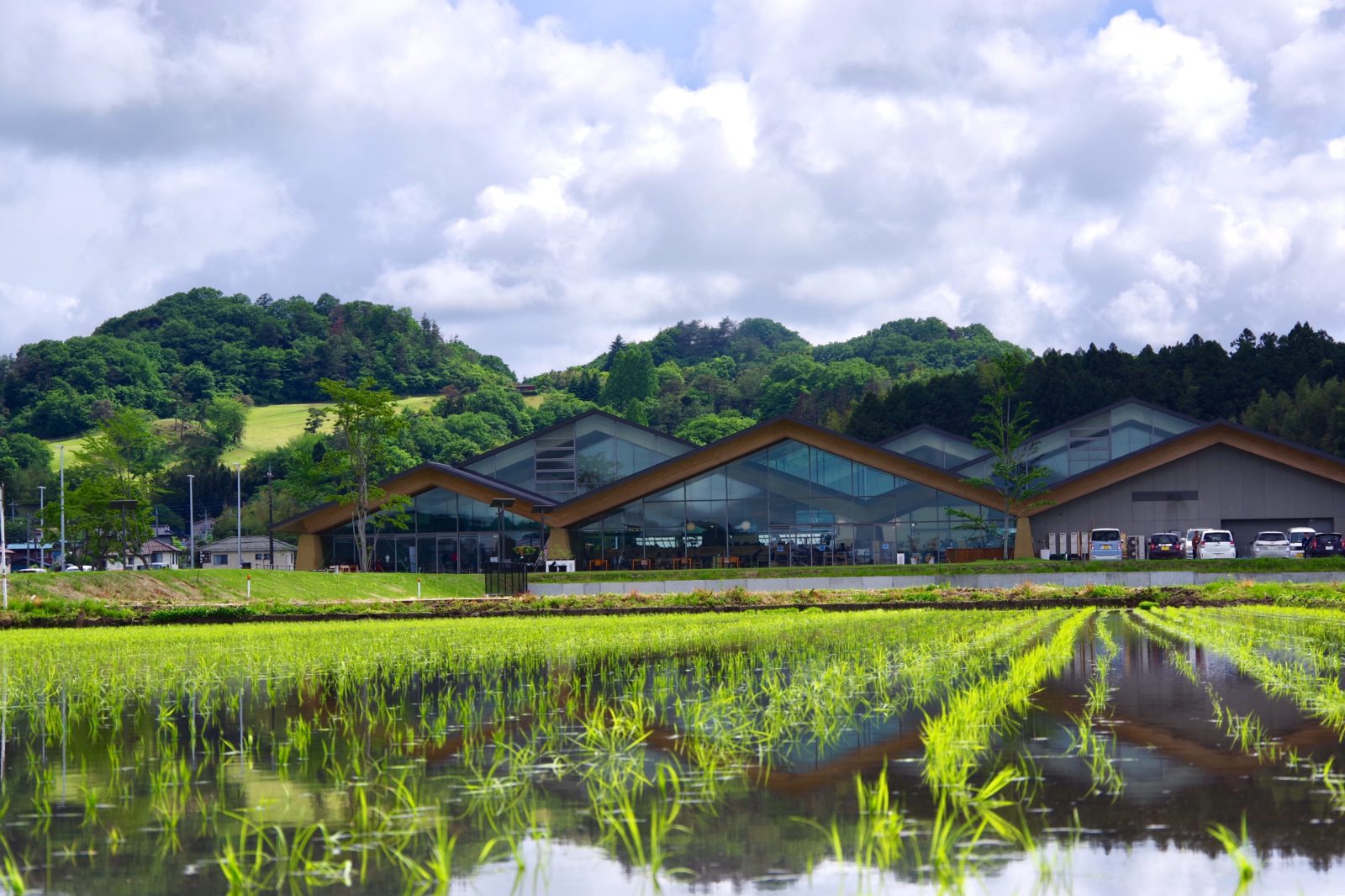
原田麻魚(以下、麻魚):私たちがずっとやっていることは、当たり前のことといえば当たり前のことです。
「大切なものを大切にする」とか「美しいものを美しいときちんと認める」といった、昔から続いている文化の営みを含めたいのですね。
これまで建築家に期待されてきた「新しさ」も、もちろん含めながらのことですが。
最初に益子のまちに行ったときに「田んぼの景色がすごく綺麗ですよね」と口にしたところ、「東京の人は田んぼが好きなのかぁ」と不思議そうな顔をされました。
でも場所の美しさとか、場所への愛情みたいなもののルーツをていねいに解きほぐすことで、今まちの人は私たちと一緒につくったものに共感してくれているんです。
学会賞をいただけて嬉しいのは、建物が建ってすぐではなく、まちの人たちが入って活動を継続している様子を審査員の方々に見ていただき、共感の輪のなかに入っていただけたというところです。
真宏:建った瞬間だけではないんですよね。つくっている過程も〈道の駅 ましこ〉の一部で、竣工してからもずっと〈道の駅ましこ〉という作品なんでしょう。
時間の横軸というより、縦軸で切っている様が〈道の駅 ましこ〉だなと思っているんです。
竣工してから3年が経った現在のほうが、〈道の駅 ましこ〉である感覚が分かるはずです。
Mao Harada (hereafter, Mao): What we’ve been doing for a long time is something we take for granted.
We want to include cultural activities that have been going on for a long time, such as “valuing what is important” and “properly recognizing beautiful things as beautiful.”
This includes, of course, the “newness” that has been expected of architects up until now.
When I first visited Mashiko, I told them that the rice paddies’ view is lovely, and they looked at me curiously, saying that “people in Tokyo like rice paddies.”
But by carefully unraveling the roots of the beauty of the place and the love of the site, the people of the town are now empathizing with what we have created together.
What makes me happy is that the judges were able to see that the building was not built right after it was erected, but that the people of the town had entered the building, continued their activities, and were part of the circle of sympathy.
Masahiro: It wasn’t just the moment it was built, was it? The process of making this work is also part of “Roadside Station in Mashiko,” and it has been a part of “Roadside Station in Mashiko” ever since its completion.
I think “Roadside Station in Mashiko” is cut on the vertical axis rather than the horizontal axis of time.
Three years after the building was completed, you’ll get a better sense of what “Roadside Station in Mashiko” is now.
益子の性格が味方になってくれた
──長い期間にわたり、いろんな方が関わられてきたようですね。
真宏:益子のまちとは本当に、ドップリと付き合ったんですよ(笑)。
着工前から立ち上がった建設委員会それぞれの意見を吸い上げながら、調和の取れたかたちとしていった経緯があります。
公共建築なので、つくろうとしている人たちが、建ってからそのまま使っていくことを考えました。
今、施設を運営している人たちの多くは、もともと建設委員会の人たちで、彼らが運営主体に切り替わっています。
彼らは、何かでき上がったフレームの中に、自分たちが突っ込まれたとは思っていなくて。
「自分たちの良いように、自分たちの居場所を自分たちでつくった」と思っているんだよね。
〈道の駅 ましこ〉で働いている人全員が、建物のコンセプトをそれはもう雄弁に語れますからね(笑)。
自分たちで育てていくという気持ちにもなっていて、「あそこで何をやったらいいか」という企画を自分たちから出すし、商品の開発も自主的に全員がやっています。
「雇っている側」と「雇われている側」というヒエラルキーは、あまりない。
The character of Mashiko's town is on our side
It seems that many people have been involved in the project for a long time.
Masahiro: We had an excellent relationship with the town of Mashiko (laughs).
The opinions of each of the construction committees that came up before the groundbreaking of the project were solicited, and a harmonious shape was achieved.
Since it is a public building, we thought that the people who are going to build it would use it as it is after it is made.
Many of the people running the facility are initially from the construction committee, and they have switched over to being the governing body.
They didn’t feel that they had been thrust into some built-up frame.
They think they’ve made a place for themselves, for their excellent.
Everyone who works at “Roadside Station in Mashiko” can speak eloquently about the building (laughs).
They feel that they can grow their products, so they come up with their plans for what they should do there, and everyone works on their own to develop products.
There’s not much of a hierarchy of “hired side” and “hired side.”
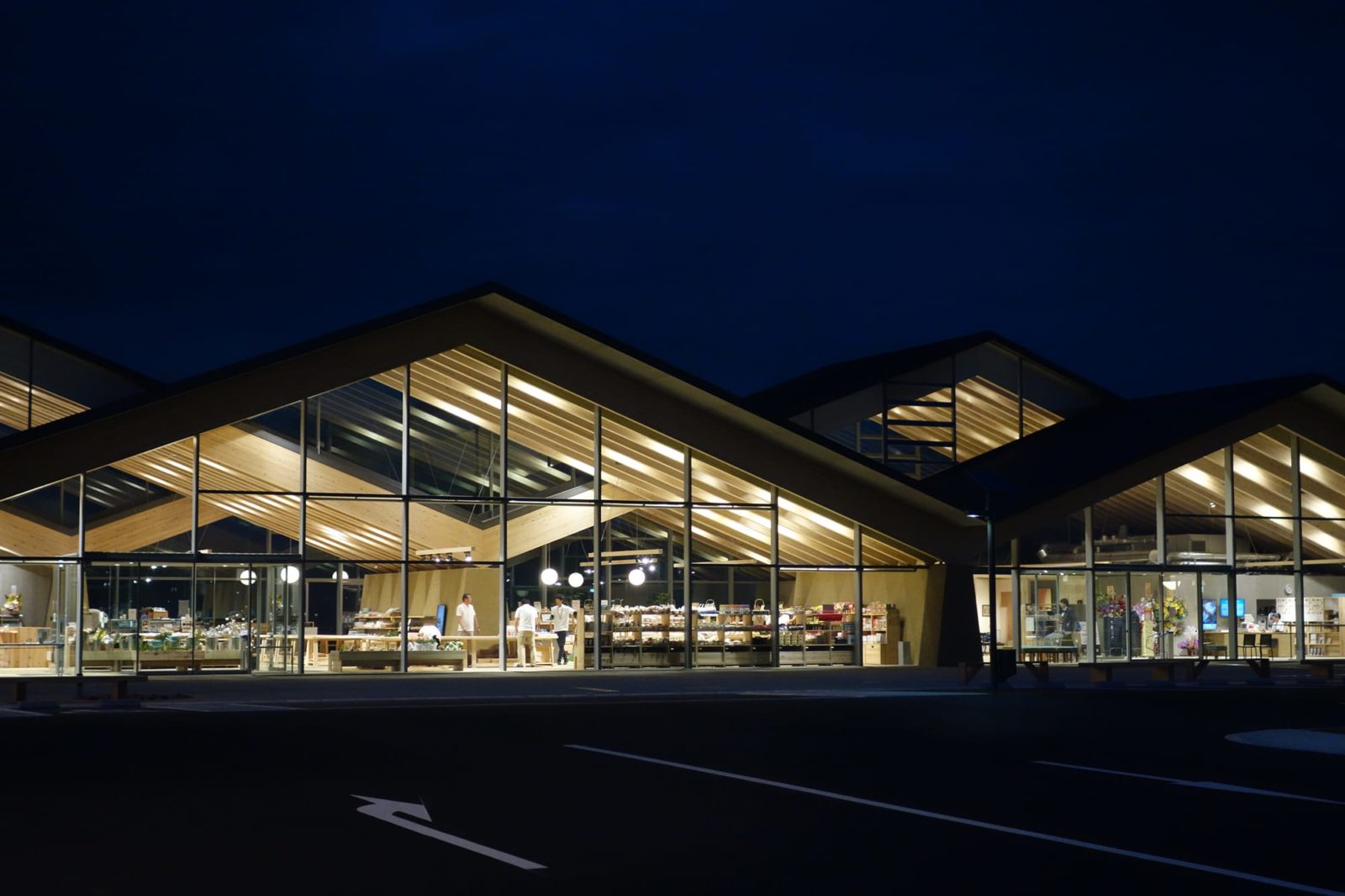
麻魚:ヒエラルキーは、ないねえ。それはもともと、このまちが持っている産業が関係しているかもしれません。
益子では、1人1人が器などをつくって1万点とか大量に集まると、まちの大きい窯で焼きます。それらを年に2回の陶器市で売って、その市にはお客さんが何万人も来る。
1人1人の手作業が集積して、まちの輪郭のない全体像みたいなものをつくり続けてきました。農業も似たようなところがありますね。
個人が組織の一部というよりは、まちの仲間でありながら表現者でもあって、各自が物事を感じ取るアンテナを持っている。そうした個が集まっている状況が、全体となっているのが益子の特徴です。
道の駅は一大事業で、プロジェクトが始まる前にはいろんな意見もあったんですけれど、あれを1つつくることでプロセスを共有しながら、まちの全体像をもう一度みんなで確かめるきっかけになったと思います。
もともと持っていたまちの性格が、うまく味方になってくれたかなと。
真宏:それはそうだね。益子に住んでいる友人に益子のことを聞くと、「みんなが一国一城の主で、それぞれが言うことを言うよ」と表現していました。
そうした特性をきちんと受け止められるようにしなければいけないな、とは初期の頃から思っていました。
公共建築ってどうしても、上から下に降りていくでしょう。そうすると求められていない秩序も与えるかたちになりがちで、ボトムアップ的な民意と合わないじゃないですか。
じゃあ、民意で非秩序的なあり方をすればいいかというとそうでもなくて。それだけではバラバラになってしまう。
〈道の駅 ましこ〉でうまくいったなと思うのは、みんなが共感できて、みんなで使える秩序であり形式だということです。
「秩序」対「民意」というような対立構造が壊されて、みんなが認めた秩序みたいなものが建築としてシンボルとして現れた。これは、なかなか大きな成果だなと思っています。
(#02 に続く)
Mao: There’s no hierarchy. This may have something to do with the industry that this town has.
In Mashiko, each person makes a vessel and fires it in a large kiln in the town when a large number of 10,000 pieces are gathered. They sell them at the twice-yearly pottery market, which attracts tens of thousands of customers.
Each person’s handiwork has accumulated and continued to create a holistic image of the town without any outlines. There is a similarity in agriculture, isn’t there?
Rather than being part of an organization, each individual is a member of the community but also an expressionist. Each person has his or her antennae for sensing things. Mashiko is characterized by the fact that these individuals have come together to form a whole.
The roadside station was a big project, and there were many opinions before the project started, but I think it was an opportunity for us to share the process and see the big picture of the town again.
I think that the character of the town that we originally had has become an ally.
Masahiro: That’s true. When I asked a friend of mine who lives in Mashiko about Mashiko, he expressed, “Everyone is the lord of one country and one castle, and each one says what they want to say.”
Since the early days, I’ve felt that we need to be able to accept these characteristics properly.
Public architecture is always going to work from top to bottom. This tends to give a form of order that is not sought after, and it does not match the people’s bottom-up will.
Then, I don’t think it’s better to have a non-orderly system based on the will of the people. It just falls apart on its own.
What I think worked well at Mashiko is that it’s an order and form that everyone can identify with and use.
The argumentative structure of “order” versus “will of the people” was broken down, and the kind of order that everyone approved of appeared as a symbol in the form of architecture. I think this is a great achievement.
(Continued on #02)


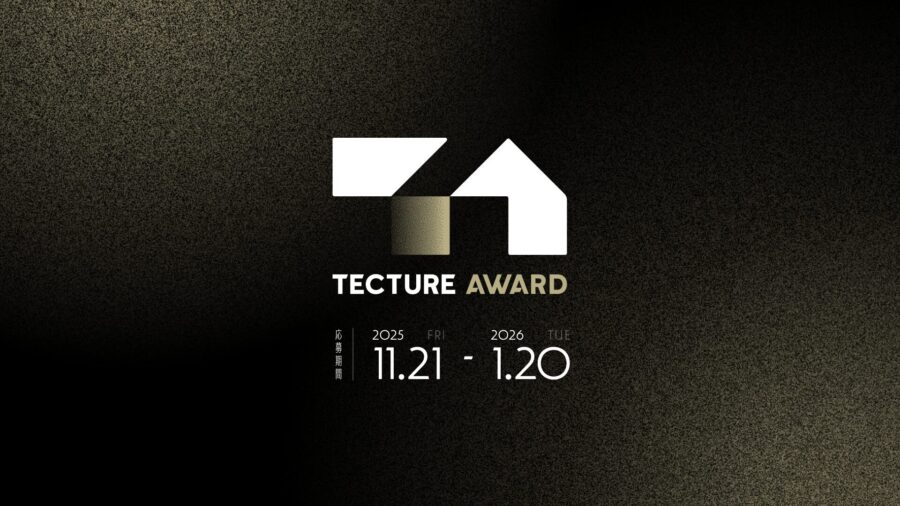

![[Interview]邸宅巣箱:”ネオ”地域密着型アーキテクト1/2](https://magazine-asset.tecture.jp/wpcms/wp-content/uploads/2025/01/22100526/top_thumbnail_20240709_001.jpg)
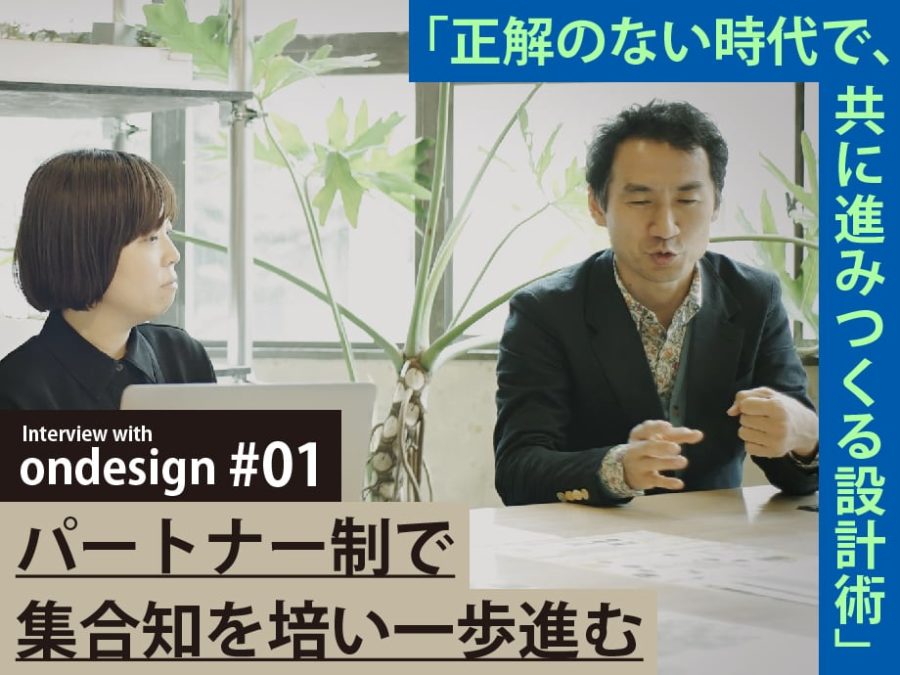



![[Report, Interview]「AIR RACE X 2025」豊田啓介氏](https://magazine-asset.tecture.jp/wpcms/wp-content/uploads/2025/09/17102129/AR-GGO1-900x517.jpg)
![[Report]隈研吾デザインによる公共トイレ〈森のコミチ〉が渋谷区鍋島松濤公園にオープン](https://magazine-asset.tecture.jp/wpcms/wp-content/uploads/2021/06/25161818/20210624the-tokyo-toilet_kengokuma23_7561-900x675.jpg)

